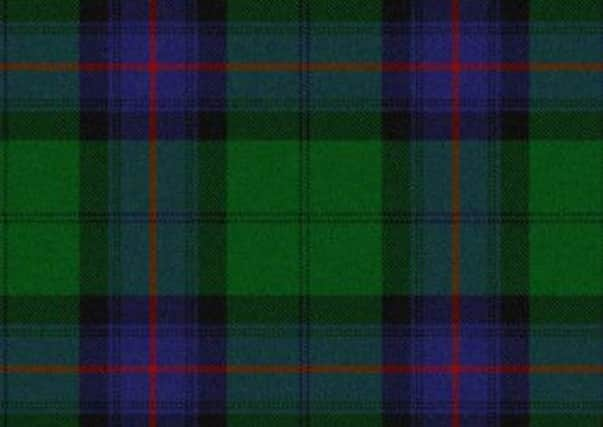Scottish clan profile: Armstrong


The Armstrong name has a mythological origin, in which their heroic progenitor, Fairbairn, saves the King of Scotland in battle by lifting the king onto his own horse with one arm after the king’s horse was killed in battle. The family crest records this act of heroism that was to be rewarded with a grant of lands in the Borders and the famous Armstrong name.
The first specific reference locating them in Liddesdale, which would become their family seat, is in 1376. Liddesdale was also the seat of their unquestioned power in the region that allowed them to expand into Annandale and Eskdale to accommodate their growing population. It is reputed that by 1528 they were able to put 3000 horsemen in the field.
16th century
Advertisement
Hide AdThe Armstrongs’ relationship with subsequent Scottish kings was turbulent. In 1530. John Armstrong, known in history as ‘Gilnockie Johnie’, was persuaded by a Royal writ of safe passage to attend a meeting at Caerlanrig with King James V who, unknown to Gilnockie, had the malicious intent to silence the rebellious Borderers. The ruse succeeded. Gilnockie and 50 of his followers were captured in direct violation of the safe conduct.
A Royal order to hang them was issued, again in violation of James’ own writ of safety, and despite several pleas for the King to be lenient in exchange for obedience, it was carried out. Gilnockie was defiant to the last.
This murderous act by James V inflamed the Borders region and caused all the Border Clans to question their allegiance to a king who would not honor his own writ of safety. In 1542 at the Battle of Solway Moss, none of the Armstrongs or their allies came to assist James’ forces. The Moss was the playground of the Armstrongs, and they knew every inch of it and used it as a safe retreat for themselves and their families for centuries. Those of James’ forces who tried to use it so fell into the bogs and were drowned. The rest were cut to ribbons by the English.
In 1587 an act was passed by the Scottish Parliament “for the quieting and keeping in obedience of the inhabitants of the Borders, Highland and Isles ...” That contained a roll of chieftains and clans that confirms the status of Border families as an important part of clan history, and the Armstrongs as perhaps the most significant Border clan. The entry began, “On the border were the Armstrongs, brave men, somewhat unruly, and ill to tame ...”
17th century
The clan’s authority resided intact at Mangerton in Liddesdale, a succession of Armstrongs retaining the title of the “Laird of Mangerton”, until 1610 when Johnny Armstrong was “put to the horn” and hanged as a rebel. His son is reputed in local lore to have disappeared into English Cumbriashire, never having inherited his father’s title. After this, the Armstrong lands passed into the hands of the Scotts.
Following the death of the last chief of clan Armstrong, members of the family dispersed in a diaspora. Some Armstrongs moved to Northern Ireland, some of whom became soldiers. Others moved farther south into northern England. One branch even relocated to the Netherlands. Others subsequently moved to America and other British colonies.
20th century
Advertisement
Hide AdOn 20 July 1969, clansman Neil Armstrong became the first man to step onto the surface of the moon, taking with him a piece of the Armstrong tartan.
Comedian and actor Alexander Armstrong is a descendant through the Armstrong baronets. He was born and raised in Northumberland and his family still reside there.
Motto: Invictus maneo (I remain unvanquished)
Castles: Gilnockie Tower
Advertisement
Hide AdNotable members of the clan: Astronaut Neil Armstrong, comedian and actor Alexander Armstrong, cyclist Lance Armstrong, singer Louis Armstrong, former Scottish international rugby player Gary Armstrong and singer Dido Armstrong.